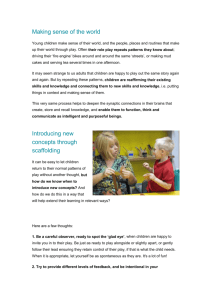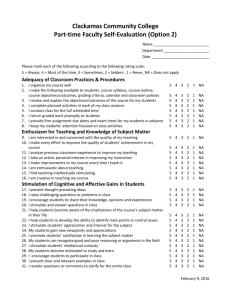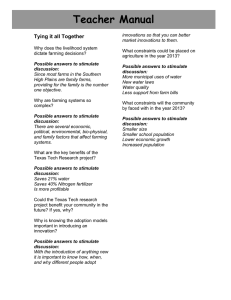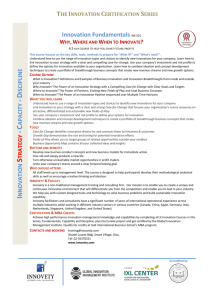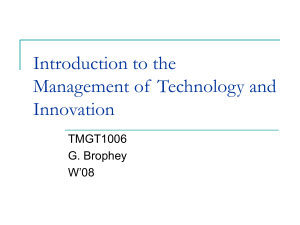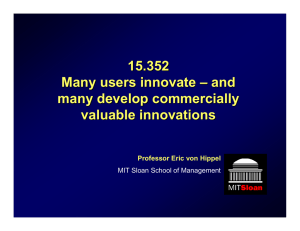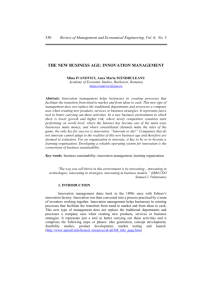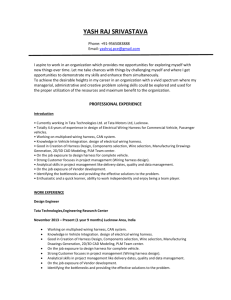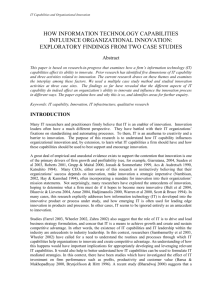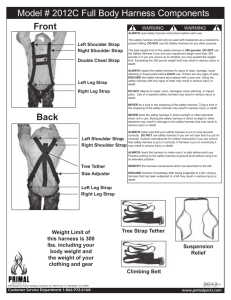10 Best Practices for Enterprise Innovation
advertisement
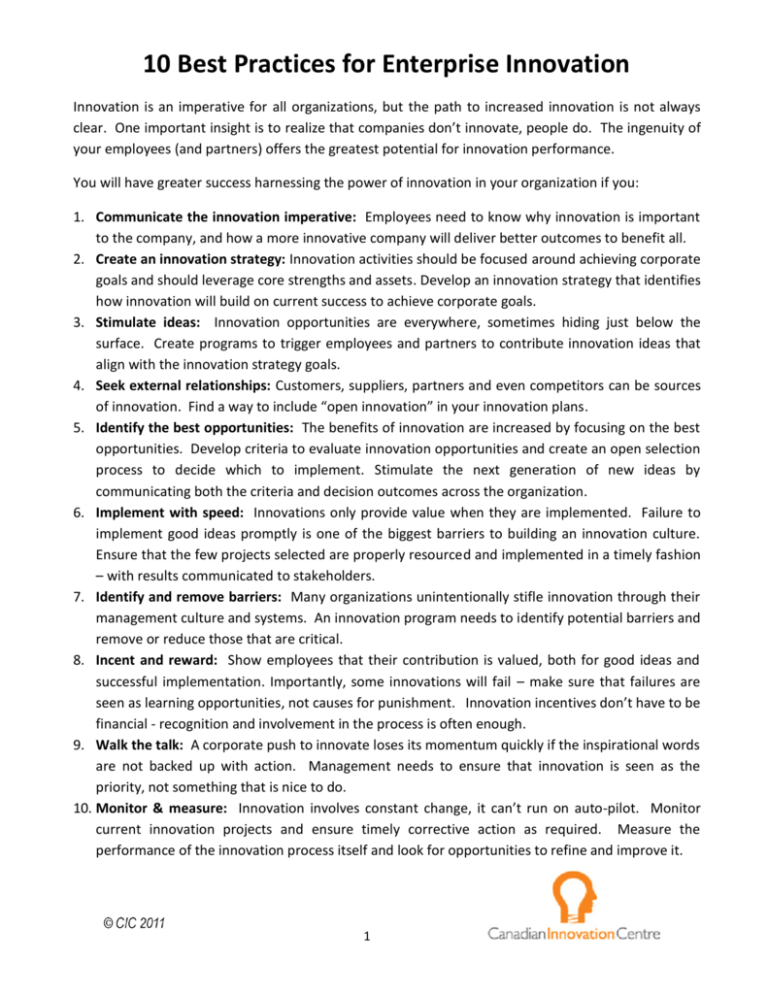
10 Best Practices for Enterprise Innovation Innovation is an imperative for all organizations, but the path to increased innovation is not always clear. One important insight is to realize that companies don’t innovate, people do. The ingenuity of your employees (and partners) offers the greatest potential for innovation performance. You will have greater success harnessing the power of innovation in your organization if you: 1. Communicate the innovation imperative: Employees need to know why innovation is important to the company, and how a more innovative company will deliver better outcomes to benefit all. 2. Create an innovation strategy: Innovation activities should be focused around achieving corporate goals and should leverage core strengths and assets. Develop an innovation strategy that identifies how innovation will build on current success to achieve corporate goals. 3. Stimulate ideas: Innovation opportunities are everywhere, sometimes hiding just below the surface. Create programs to trigger employees and partners to contribute innovation ideas that align with the innovation strategy goals. 4. Seek external relationships: Customers, suppliers, partners and even competitors can be sources of innovation. Find a way to include “open innovation” in your innovation plans. 5. Identify the best opportunities: The benefits of innovation are increased by focusing on the best opportunities. Develop criteria to evaluate innovation opportunities and create an open selection process to decide which to implement. Stimulate the next generation of new ideas by communicating both the criteria and decision outcomes across the organization. 6. Implement with speed: Innovations only provide value when they are implemented. Failure to implement good ideas promptly is one of the biggest barriers to building an innovation culture. Ensure that the few projects selected are properly resourced and implemented in a timely fashion – with results communicated to stakeholders. 7. Identify and remove barriers: Many organizations unintentionally stifle innovation through their management culture and systems. An innovation program needs to identify potential barriers and remove or reduce those that are critical. 8. Incent and reward: Show employees that their contribution is valued, both for good ideas and successful implementation. Importantly, some innovations will fail – make sure that failures are seen as learning opportunities, not causes for punishment. Innovation incentives don’t have to be financial - recognition and involvement in the process is often enough. 9. Walk the talk: A corporate push to innovate loses its momentum quickly if the inspirational words are not backed up with action. Management needs to ensure that innovation is seen as the priority, not something that is nice to do. 10. Monitor & measure: Innovation involves constant change, it can’t run on auto-pilot. Monitor current innovation projects and ensure timely corrective action as required. Measure the performance of the innovation process itself and look for opportunities to refine and improve it. 1 The Inno-Gate Approach to Innovation Management The Canadian Innovation Centre has developed the Inno-Gate model to help companies harness the innovation potential of their organizations. Inno-Gate leverages recognized best practices in innovation management to create the processes and environment that will enable innovation to thrive. It provides a means to stimulate and implement the innovation opportunities that will provide the greatest benefit to your organization. The Inno-Gate approach is based on a combination of leading edge research and practical experience acquired through years of helping companies with their innovation challenges. It is a new approach that has already been implemented in early adopter companies with excellent results. Leveraging Best Practices in Innovation Management Inno-Gate leverages best practices in innovation management processes as well as in identifying and addressing barriers to innovation. Implementation of the Inno-Gate approach involves three elements: 1. The Innovation Context: An assessment of your organization’s current innovation performance and identification of barriers and constraints inhibiting innovation. 2. The Inno-Gate Innovation Management Framework: Implementing a customized version of the Inno-Gate framework to identify, assess, select and implement valuable innovation opportunities. 3. The Innovation Action Plan: application of best-practice techniques to reduce the barriers and constraints to innovation which exist in your organization. Inno-Gate is a practical and tangible approach to innovation management that produces results quickly. It can be applied across the company or at a department level. It is inexpensive to implement, can be rolled out over a period of just a few months and benefits are realized almost immediately. To Learn More About the Inno-Gate Approach to Innovation Management Contact us (info@innovatiocentre.ca) to explore how the Inno-Gate approach to innovation management can help your company harness its innovation potential. About the Canadian Innovation Centre The Canadian Innovation Centre (www.innovationcentre.ca) is a national not-for-profit organization that has been working on the forefront of innovation in Canada for over 35 years. 2

